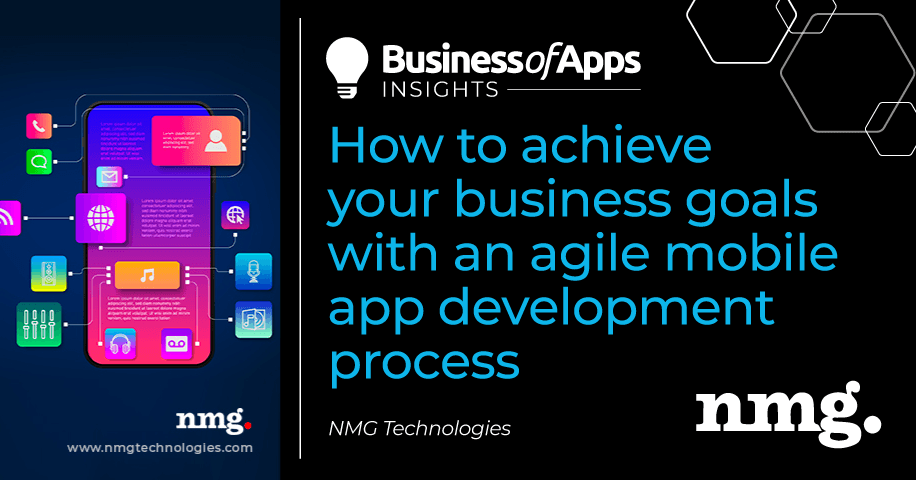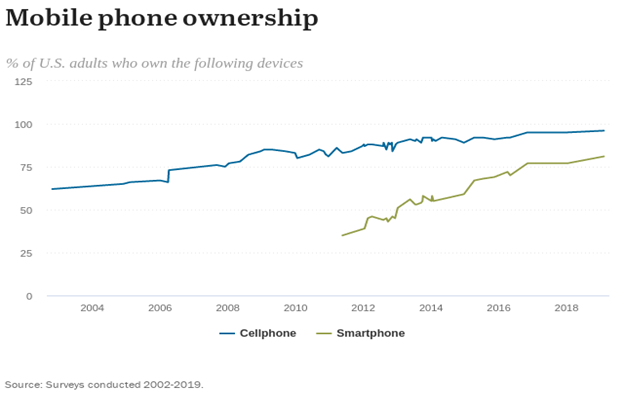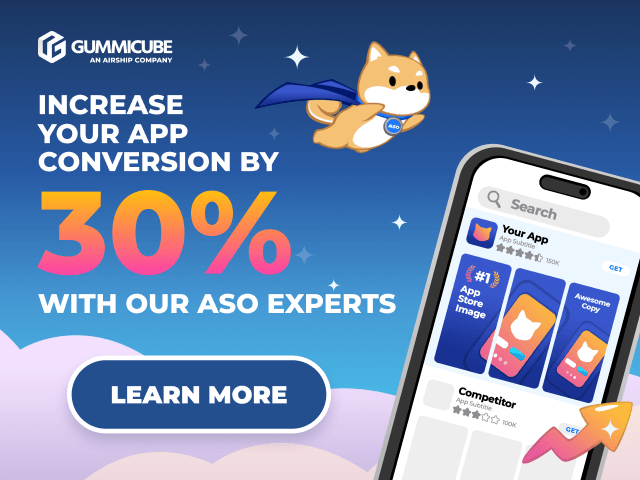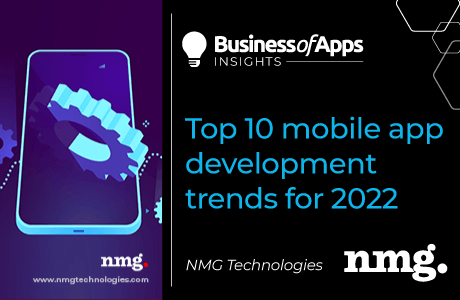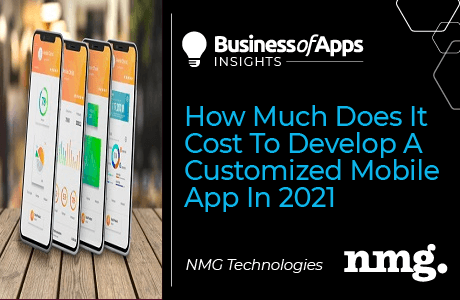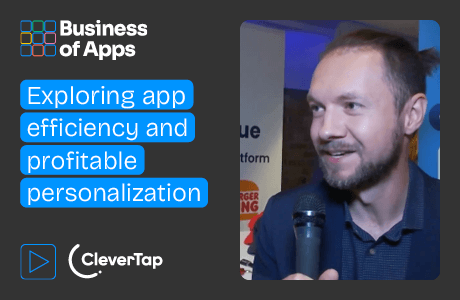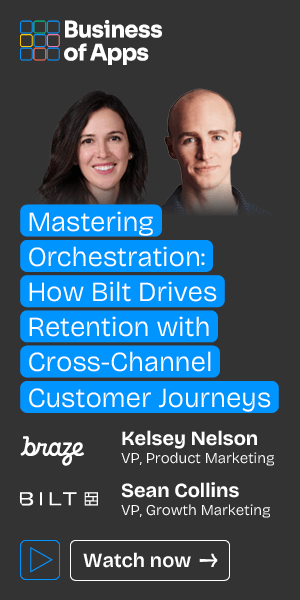Mobile application development is nothing but developing mobile applications with the use of specialized modern development systems. Mobile apps are first tested within the development environment with the help of structured emulators and later put for field testing. Emulators provide a cost-effective way to test applications on mobile devices. Things like app’s layout, device interactions, and UI are planned out for providing smooth and seamless user experiences within the application setting.
The growing number of digital-native customers with a better and greater understanding of mobile devices speaks for itself. According to a Pew Research Center survey, 85 percent of adults in America own a smartphone which was nearly 35 percent in 2011. The future looks up-and-coming for not just medium to large-scale enterprises. But the small-scale businesses as well as individuals who aspire to brand their passion and set a benchmark with the help of mobile apps.
Pew Research survey data for number of adults who own mobile devices
Source: NMG Technologies
Mobile app development process
While many small and medium enterprises are trying to make the most of mobile apps, some have no idea of how a mobile app is developed. A mobile app’s lifecycle depends upon its strong planning and excellent execution with the help of skilled developers and tech disruptors. Here, we will talk about effective mobile application development process broken down into 6 various steps. As you know until now, a development process is inclusive of building functional applications for mobile devices and implementation of backend services, such as data access with the help of an API.
Businesses like you can take advantage of software solutions that solves your critical business problems along with keeping an eye on advancing tech space. For a mobile app to be developed, you must have a clear understanding of what you want from your app to do for you or your end users.
Strategy
The very beginning of a mobile app development process starts with analyzing your idea. Yes, your unique idea is the talking point of the later step in this process, i.e., consultation. During the consultation, you talk about your app idea and what functional abilities or innovation you will want from your app. Also, you’ll find out ‘why’ your app is a need for your customers, employees, or business partners. An idea that solves the problem of your target customers or employees is a smart idea.
During the strategy and planning process, a roadmap, or an MVP (minimal-viable-product) is defined based on various factors, such as cost, competition, and other app requirements. A thorough product research, however, is important for strategizing a mobile app development process. This process helps you gather as much information as possible to know the real demand within the app market. A holistic approach to doing so can be understood as below:
- Consultation – A 1-to-1 call to establish a firsthand concept and context of your app’s idea
- Project understanding – Defining purpose and customer characteristics
- Requirements gathering – Identifying the specifics, including your target audience, competition, and expectations from app’s functionalities
- Documentation – Keeping the discussion well-documented through an FSD or Functional Specification Document, defining detailed requirements and project scope for all future references.
- Product strategy – Analyzing business insights, cost of production, timeline, and required resources to address these indicators
Design
Now that your idea is qualified to go, it’s time to give it a shape. The process to do so is, using Wireframes. It is a blueprint of your mobile application. Wireframes show the design and functionality of the proposed application, giving you a clear picture of the look and feel of your app- how your app will work. Mobile application developers get the basic concept of the app from wireframes, as a reference, which is then utilized to devise a structured layout of your app’s user interface, user-experience, and diverse device-responsiveness. It is, although, a prototype of your mobile app which is then used to accommodate feedbacks for furthering its reliability.
Here are the trending wireframe tools to look out for if you want help in building one such for your mobile app.
- InVision – This tool helps you see your idea into reality as a prototype or Mirror Studio files. It’s all accessible in real-time, even remotely.
- UXPin – UXPin Mirror makes it easy and swift to preview your app’s prototype on mobile devices. It is better to view the prototype of your application in real-time on physical devices. It helps you ensure that the prototype performs the same as you intended.
- Balsamiq – Balsamiq wireframes help in more ways than one. You can create, edit, and share these wireframes, as Docs, Sheets, or Slides.
- Fluid UI – You can install the Fluid UI Player to view superb full-screen mockups. You can quickly scan the QR code from the FluidUI.com project preview section. This made app designs easier and faster than before.
- Proto.io – Proto.io builds entirely interactive high-accuracy prototypes that work flawlessly as you expected. There is no requirement for coding.
- JustinMind – A prototype viewer used for Justinmind prototypes that work offline. You can easily import your prototype from your Justinmind account and view it locally.
- Figma – Figma Mirror allows you to access and view your mobile app design from the desktop app across any of your Android devices in real-time.
Development
This process involves planning other details like technical architecture and picking the right technology stack for your mobile app, well before the actual programming starts. Ask questions on an app’s usability and find answers to it, make changes along with the coding- actual understanding of your app. To build a mobile application, you must ensure your mobile app development agency fulfils all those requisites in the prior stage itself. This includes programming as well as configuring within a development methodology.
A typical mobile app development process mainly consists of 3 stages, a back-end, APIs, and front-end. This is the development phase of your mobile app, where the methods are almost same with an unmatched ingredient added by NMG to it- it’s the rectitude shown by NMG’s app developers and the skilled team that works on it.
Let’s briefly understand these 6 stages of an app development process below:
- Back-end – A mobile app’s back-end includes database and server-side tools necessary to manage and support the app’s functionality. In case you have an existing back-end platform, it might require modifications for your new mobile app.
- API – An API or Application Programming Interface, basically acts as a communicator between your app and the back-end server or database.
- Front-end – It is the native mobile app that an end user installs and interacts with on their mobile devices. In most cases, mobile applications consist of interactive user-experiences that rely on real-time data and require network connectivity between app’s front-end and back-end.
- Data integration – Data integration is the process where data from several diverse sources is combined to providing end users with a one place unified view. Integration starts with the ingestion process and uses the ETL approach that extracts, transforms, and loads data from different sources into a unified view.
- Handling data layer events – Data is stored in a simple and accessible format in a Data Layer easily readable and usable by your app, website, or tag management. Handling data layer events means storing and managing data in a uniform manner by pushing information properly to the Data Layer.
- Performance optimization – Application optimization is achieved by doing a set of modification activities whose main aim is to achieve the best possible or let’s be realistic, at least acceptable performance and reliability.
There are different types of mobile applications based on different technologies and platforms. You can choose what’s best for your app idea and what tops the trend. Mobile apps can be of varied approaches, some of which are:
- Native mobile apps – Native mobile applications are the conventional applications that are designed and developed for a phone’s operating system, such as iOS or Android apps.
- Hybrid mobile apps – Applications that are developed with the help of web technology but are hosted on mobile devices, basically a fusion of technology and execution.
- Progressive web apps – When you combine both mobile and web technologies, you get progressive web applications that can help you transform your business processes into powerful solutions.
Now, the next step, is choosing a technology i.e., picking the right app development platform that works best for your app idea. Currently, two specific platforms command the mobile device market. iOS platform from Apple Inc., which runs on iPhone, iPad, Apple watch, and Android by Google which runs on various platforms and devices across the globe.
Application testing
Testing of mobile application is all about checking whether the actual application matches your expected requirements while ensuring that the software product is defect free. It involves the execution of software/system components with the help of manual or automated tools to evaluate one or more properties of interest. The tools and rules of app testing are there to identify errors, gaps, or missing requirements compared to actual requirements.
A software or application testing process during the development phase allows developers and clients to make specific and targeted changes, accordingly, keeping your app bug-free. Mobile app development process, if done rightly, is a rewarding practice. Here is a list of mobile app testing parameters that are a must for your app’s polished performance and wide exposure:
- Debugging – During debugging process, software testers identify, analyze, and remove errors or bugs. In other words, it refers to fixing a bug in the app or software. It starts once the app fails to perform correctly and concludes by fixing the problem, also keeping a track of client feedbacks, and successfully testing the app.
- Encryption – Encryption in an app testing process leads to protection of personal, sensitive, or confidential data from unauthorized reach within the mobile app. It is a primary method to protect private or otherwise data stored or used in a mobile app.
- Security testing – Data security is one of the preeminent testing mechanisms used for enterprise mobile app. Security testing involves checking for potential vulnerabilities, unsafe protocols, and unchecked data leakage. Any potential security lapse may lead to a hack. Your app’s API must use “HTTPS” protocol to establish a secure communication with the back end. For this to work properly, your app developers need to have an SSL certificate installed at their backend.
- User interface testing – User Interface testing ensures your application has the graphical user interface that you expected from the start. It’s the right time to verify that the visuals, interactivity, and workflow are exactly what you want your end users to see. Checking consistency with fonts, style, and color schemes within the app is important at this stage. An efficiently designed and developed mobile app influences its user base in no time.
- Quality assessment – A thorough quality assessment of your app makes it reliable, functional, and secure. This process adheres to the regulations, criteria, and expectations you have from your app.
- Deployment – You may launch your app directly via enrolled account on Google app store and Apple store after development and testing are done. However, launching a beta version of your app prior to the actual launch is as practical as it can get if you ask us. In some cases, it may not be required depending upon your app requirements. Post launch, your end user shares their experience automatically offering you word-of-mouth marketing- helping you get more users. Their rating is a significant criterion for you to work upon your mobile app’s lose ends (if any).
- Support – A post launch support process is there for your mobile app’s timely maintenance, consultation plus analytics-based necessary retouches, and adding more features as and when required by the client based on user-experience.
How can NMG help you with your mobile app development process?
NMG, as their prospects say, is known for timely delivery of outstanding products which is a motivation for other mobile app development companies. NMG offers an agile application development process that addresses your business needs with seamless IT infrastructure and helps you accomplish your objective effectively. NMG built a staffing solution for a client, which is now a NASDAQ listed company by overpowering the technical and functional challenges. NMG’s application process is focused on offering transparency pre-production as well as post-production with flexible engagement models that fit best for your operations. NMG follows a two-way support and interactive workflow to give you value-added services at every stage in your business prospects.
NMG caters to all businesses, overcoming challenges that come with complex business goals. Mobile application development process at NMG, is designed to build native, hybrid, and interactive mobile applications across various platforms and devices. A perfect amalgamation of design and technology offers a synchronized development process, portraying a visual persona to your customers or target audience, at the same time reducing the development cost. NMG’s mobile development process can help you succeed at a fast pace within your budget.
You must be thinking which are the applications NMG builds, right? No worries. The following are the app development services NMG is currently offering to its clientele:
- iOS App development – NMG builds iOS applications that can serve real business problems. Such an app is developed to maximize conversion rates, brand awareness, revenues, or improve employee productivity.
- Android app development – NMG provides custom android applications taking advantage of various characteristics of Android operating system- that performs well with all Android devices. NMG makes it easy for you to make a choice with its flexible pricing options as well as FTE rates.
- Enterprise mobility – NMG has a good portfolio of enterprise apps developed with top-notch strategy, design process, and application implementation. Based on your unique goals, we offer a state-of-the-art quality assurance, feedback process, and a defined task list of ongoing project status, delivery date, and dedicated team members.
How can NMG help brands or individuals boost their mobile app development process?
Unlike any other app developers in India, developers at NMG use agile development methodology enabled with scrum framework that helps them in prioritizing development work. It also allows developers to deliver functioning software or application modules, in a shorter time frame. A dedicated team of experts cater to your needs in personalized engagement format, for example, Account Managers oversee project coordination and Project Managers are here to supervise the dedicated teams and project delivery.
NMG understands your business requirements and the team welcomes requests for changes, even at the late stages of app development, to accelerate your competitive goals. NMG offers an experience that is consistent, working, and attractive both for your target prospects and the development teams.
Join NMG’s Fortune 500 clients, tech-startups, and major businesses that have trusted our brilliant mobile app developers solving complex business problems and providing prompt project deliveries. Get a free consultation if you have your idea ready and want to propel the process in a correct and timely manner.
Download our ebook and know how much it will cost to build your mobile app. Get detailed analysis about what revolves around identifying an app’s cost and other factors.



